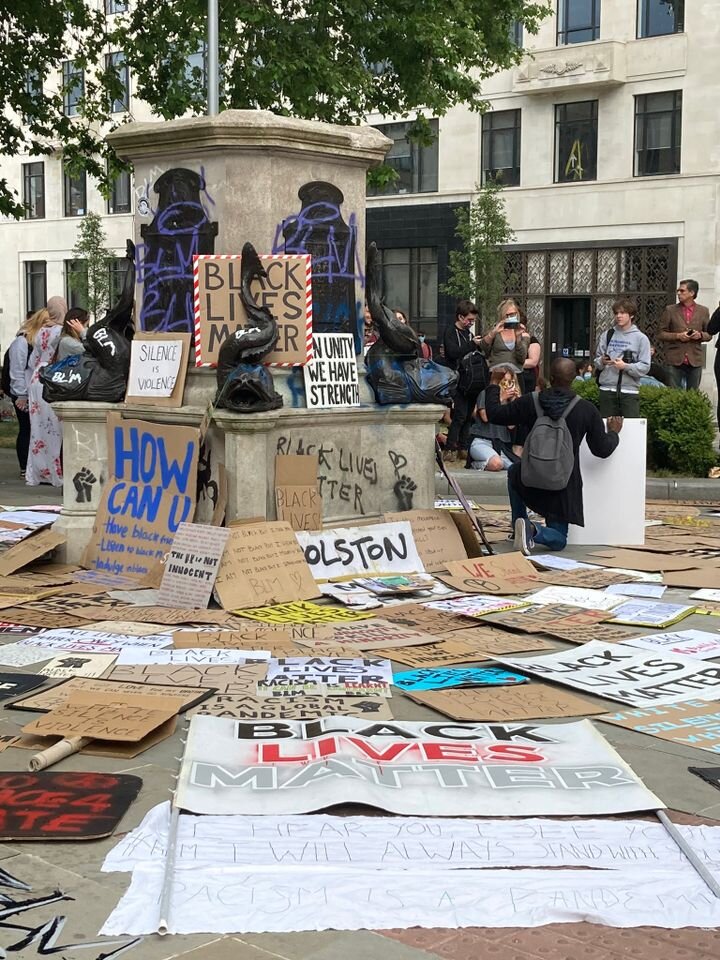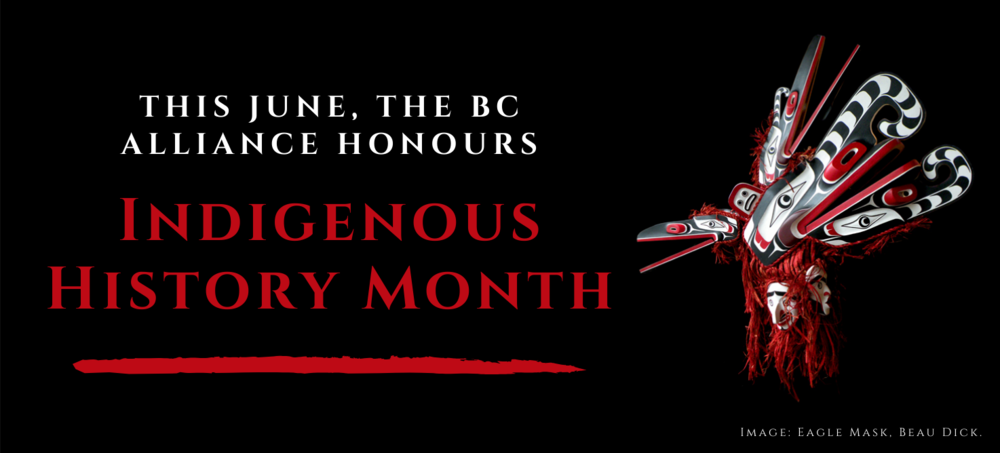This past week, I took a week long pause in my regular schedule and routine to learn how to properly ride a motorcycle. This has been on the top of my bucket list for several years now and stems in large part from my comfort with, and love of cycling, from the enjoyment I’ve had being a passenger on the back of my husband’s motorbike, and for those who know my love of driving well-engineered and beautifully designed automobiles, the enjoyment of handling a machine with manual transmission. And while this may seem somewhat disconnected from the world of art and art history that is the main focus of my research and this blog, the symbolic and cultural associations of motorcycling have important connections to the historic avant-garde and notions of subversion and subcultures of resistance.
“1. We want to sing the love of danger, the habit of energy and rashness.
2. The essential elements of our poetry will be courage, audacity and revolt.”
Take for example the stereotype many have of those who ride motorbikes. Portrayed in popular culture as rebels, outlaws, hoodlums, and the like, a biker is seen as slightly dangerous or even an agitator, operating outside the boundaries of control, and often embracing the exact fears and discomforts that the majority of us tend to avoid. That is not to say I have embodied those ideals as I learned to ride a motorbike—a skill set that requires the rider to overcome many basic reflexes and relax and ease into situations that ordinarily causes humans to panic—but what I have embraced is the heightened state of awareness, perception, full sensory engagement, and flow that comes with almost all creative pursuits, and is at the core of the motorcycling experience. The relationship to time, space, distance, and motion changes when riding a motorcycle, and from that comes a new way of seeing and experiencing the world. I highly recommend the pursuit, but only if done with proper training and a burning desire.
A few more things… before the round up
If you are interested in reading and learning more about how the motorcycle became muse to the Futurists (my feature art work this week is case in point), see this wonderful article by The Vintagent.
You can also read more at MoMA about how the Biker Jacket has become an iconic symbol of youth culture and urban resistance. The garment was part of an excellent show I attended a few years back called Items: Is Fashion Modern?











